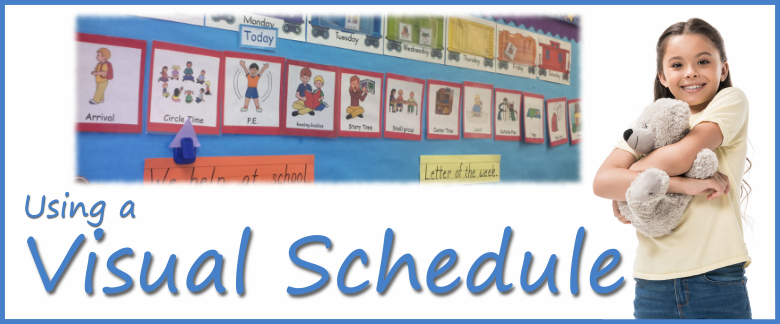
Using a Visual Schedule
Many teachers of children with special needs use various visual schedule throughout the day. The visual schedule gives students a sense of what will be expected of them and that there is an clear end. Depending on the level and needs of the students, the visual schedule cards may help organize the time frame as needed (ie: active / passive, preferred / nonpreferred).
Here are a variety of uses of a visual schedule and how they can be easily incorporated into the day.
Schedule of the Day
Many teachers display a visual schedule that goes through the day to provide predictability and set clear expectations. Review the schedule of the day first thing in the morning. If there are changes in the day, (ie Specials- Art, Music, or field trip, guest speaker, picture day), these cards can be added and removed as necessary. If there is not a card created, new pictures can be easily found at lessonpix.com or place a sticky note with a hand-drawn notation of the event.
Many templates at Lessonpix can be used to show a flow of the day: Picture Cards, Picture and Word, Dial, I Am Working For, Treasure Map, Game Board, wristbands, and (of course) Picture Schedules - just to name a few!
A visual schedule can also help children progress through a non-preferred part of the day. For example, during the morning meeting, the teacher may have pictures to show the parts of the morning meeting:
- Go over the calendar,
- Check the weather,
- Count the students,
- Share news of the day,
- Sing songs.

This schedule (above) shows what to do when you enter the classroom: Unpack, put notebook in bin, sign in on smartboard, greet a friend, and go to table for morning table work.
Weekly / Monthly Schedules
A teacher may display picture cards under a weekly or monthly schedule. For example, Music class may be a picture card under the word card Wednesday. Pick classroom jobs my be placed under Monday, but moved under Tuesday when there is no school on the Monday. Upcoming Field Trips, special events, and holidays may be noted on a weekly or monthly schedule.
Teaching Skills
Visual schedules help teach skills as part of task analysis for basic routines. For example, picture cards may be displayed for the task of washing hands.
- Start with a picture of turning the water on
- Progress to rinse hands,
- Use soap,
- Rinse soap off hands,
- Turn the water off,
- Dry hands with paper towel
Throw the paper towel away. A teacher or assistant can help direct a child by pointing to the visual schedule until the are able to do the task independently. Many skills such as bathrooming, eating, and brushing teeth, can be taught with the use of a visual schedule.
Click on picture for free sample in pdf format
Try using a schedule on an interactive whiteboard.
Individual Schedules
Some students benefit from an individual schedule to help them organize their day. This individual schedule may help a child with autism be mainstreamed into the general education classroom or a child with a numerous therapies know where they are going and when. These visual schedules may be smaller and mobile as needed.
One idea, was to attach the picture cards in sequence inside a folded piece of index paper. (The pictures would then have a cover around them, attached to the back cover) The cover (index paper) would be sliced as to create "flaps" that reveal only one part of the picture card at a time. These flaps are held closed with velcro. As each task in the sequence was completed, the flap would be closed and the adult would say, "all done". Over time the student may be able to track their schedule independently.
Free Sample of Tasks in a Flap Schedule
Create a Frame over a strip schedule. This showcases smaller tasks one-by-one and breaks tasks into smaller bites. Make the frame in shapes or favorite colors for added fun.
Schedule of Tasks
Many therapists or Special Education teachers may create individualized schedules to help students complete a set of tasks. For example, a physical therapist may have a series of five tasks to complete over the course of the session.
Behavior Management
Another benefit of using visual schedules using them in a behavior management plan. The teacher will use each picture card with a token working towards the goal of completing all tasks and possibly earn a reward. For example, a speech therapist may have a visual schedule that includes six tasks . As the student completes each task, he may receive a token such as a sticker or goldfish cracker. When all tasks are completed, the student may exchange the tokens for a treat or be allowed to eat the goldfish crackers at the end. If the child uses non-preferred or negative behaviors, he may not receive the token for the task. Data may be collected by the counting number of tokens earned for completing tasks using appropriate behaviors. Ideally the data should show an increase of tokens, thus a decrease of inappropriate behaviors.
Free Sample of Train Schedule with Morning Routine

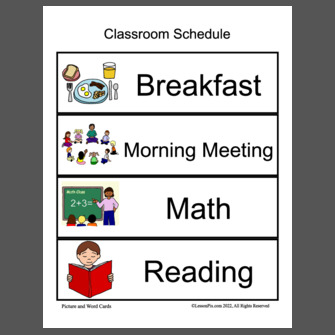

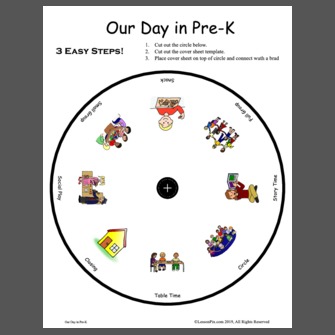
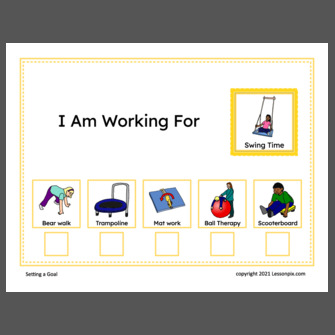
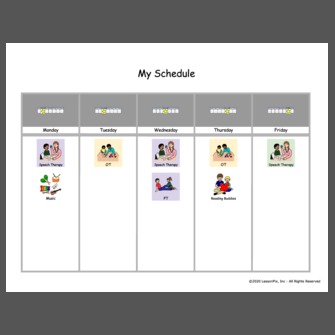
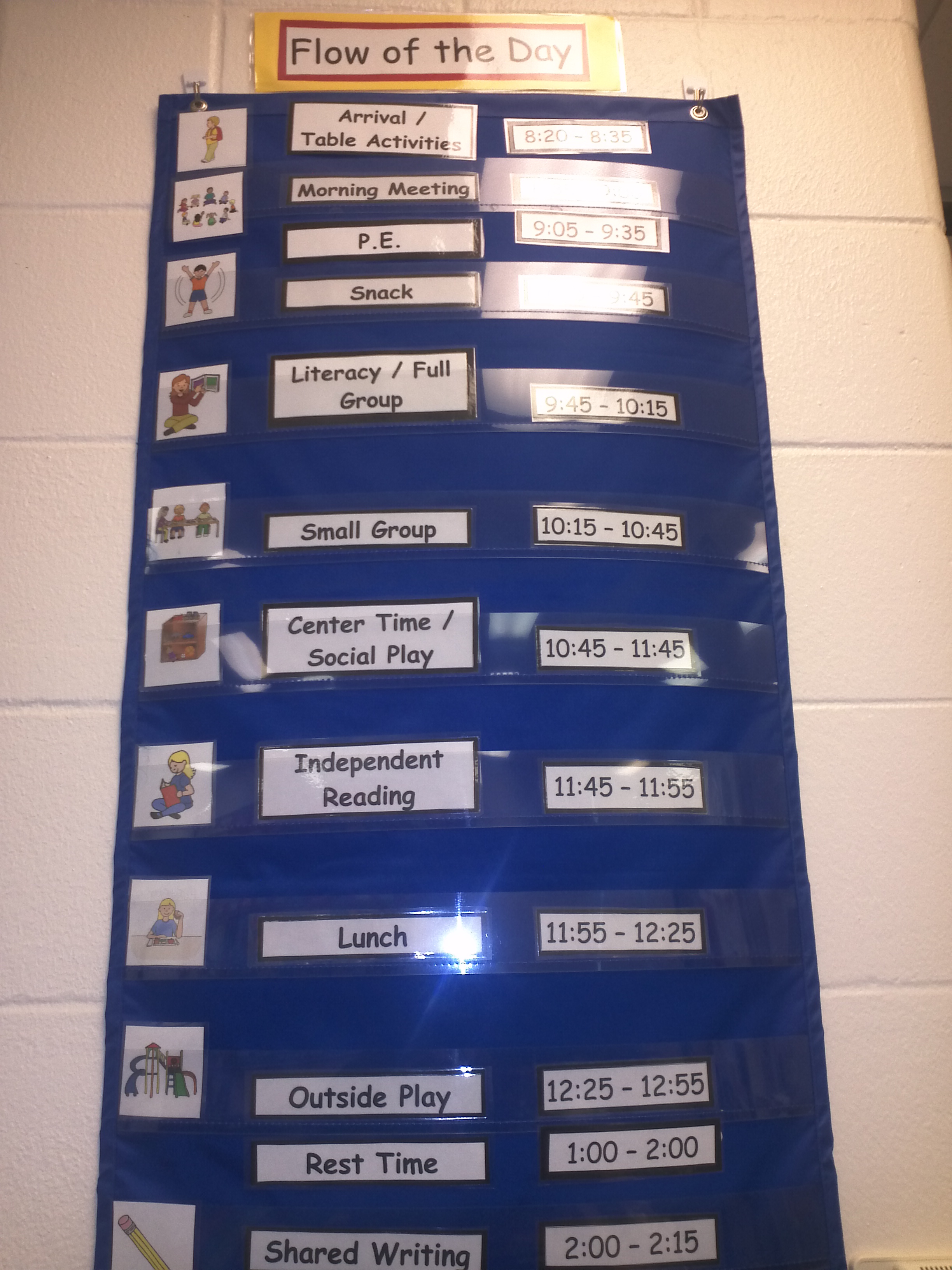
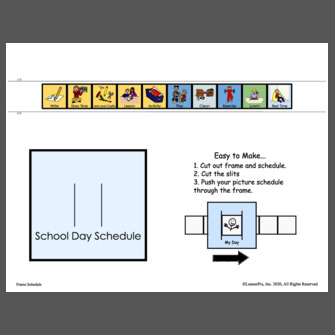
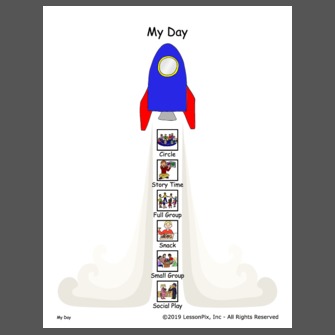
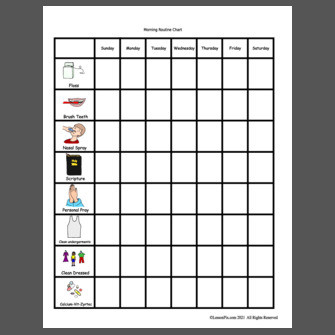

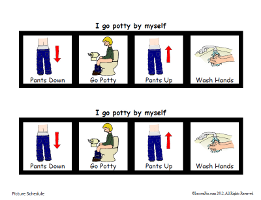
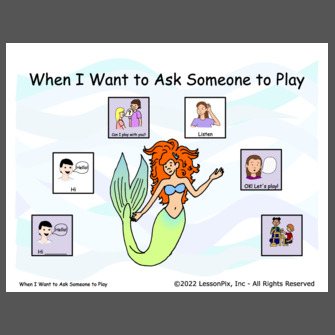
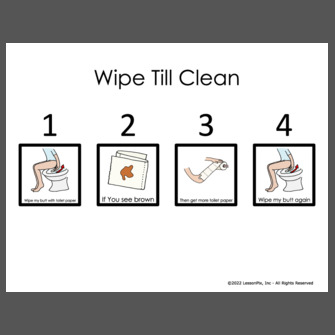


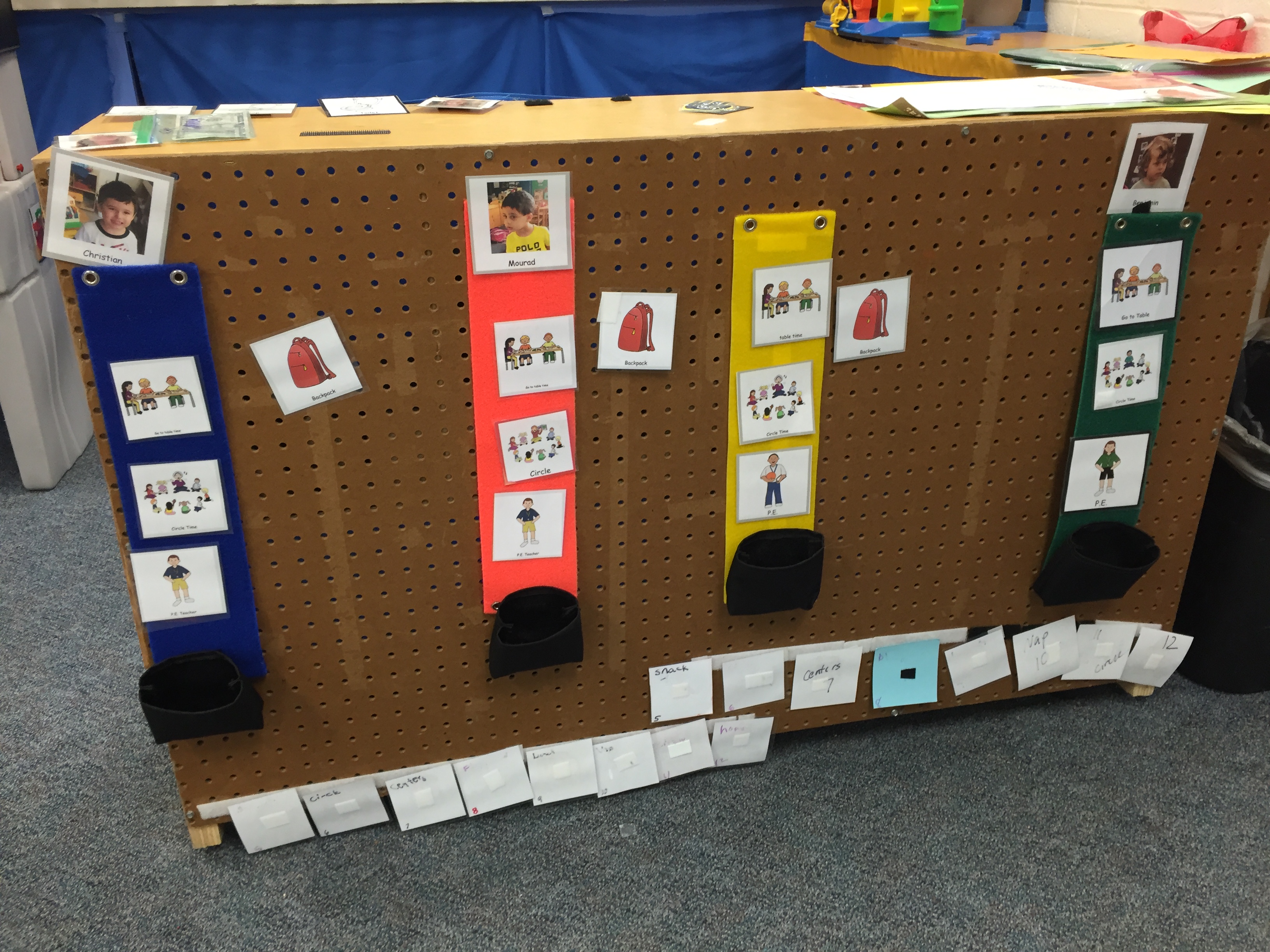

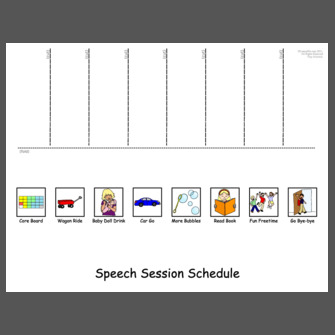
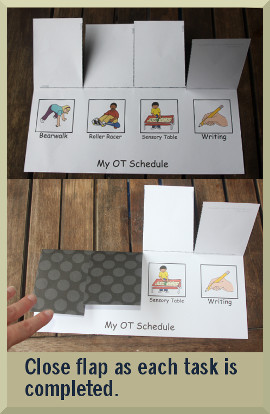

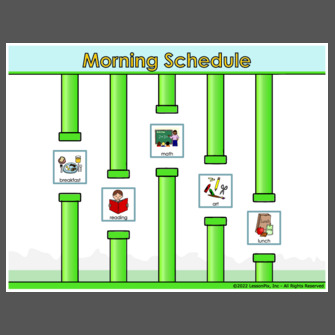

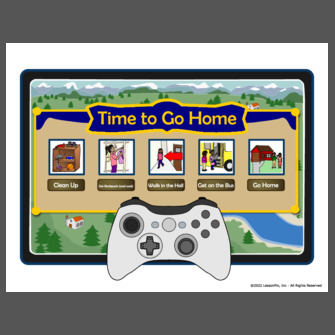
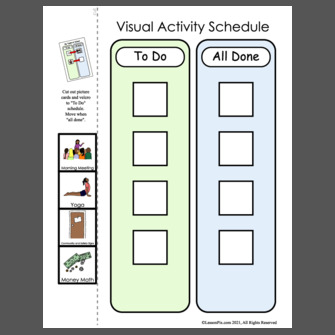
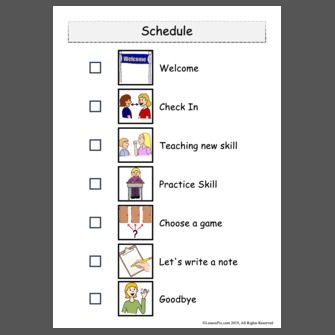

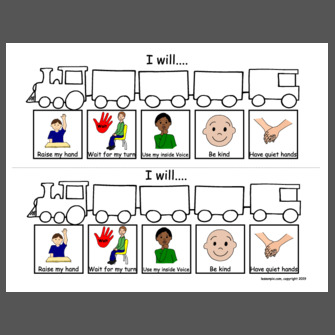
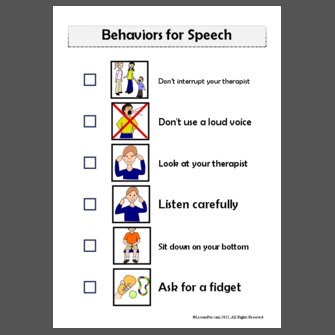
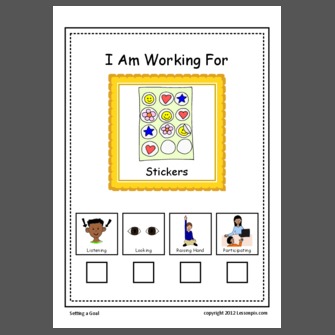
 Facebook
Facebook Twitter
Twitter Pinterest
Pinterest